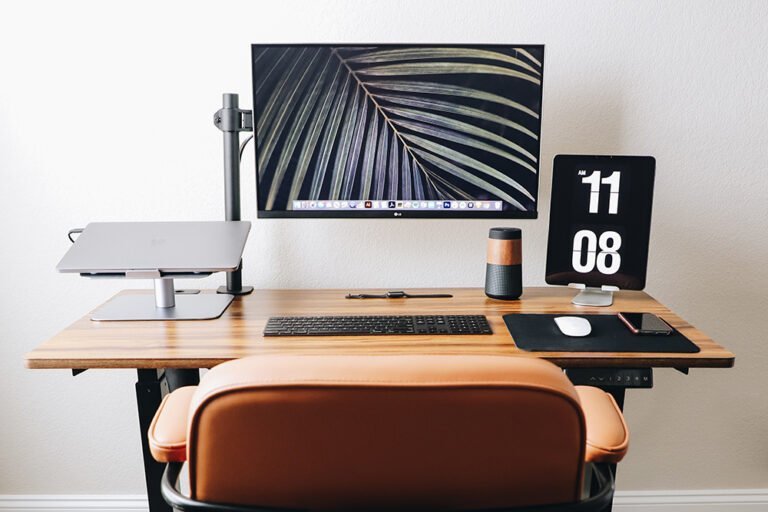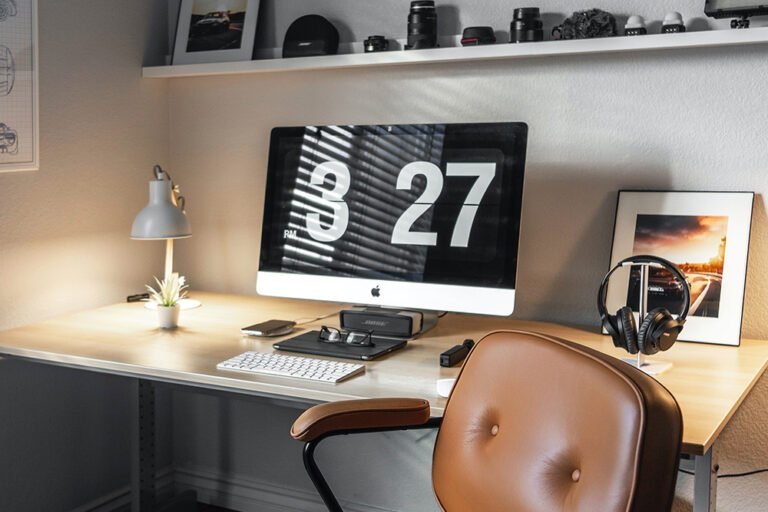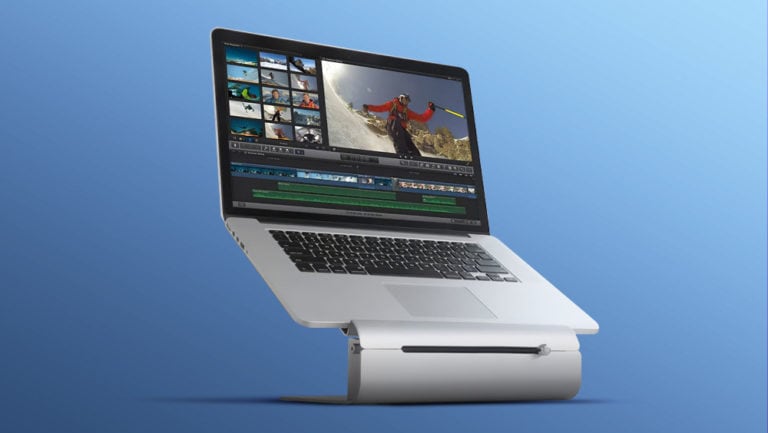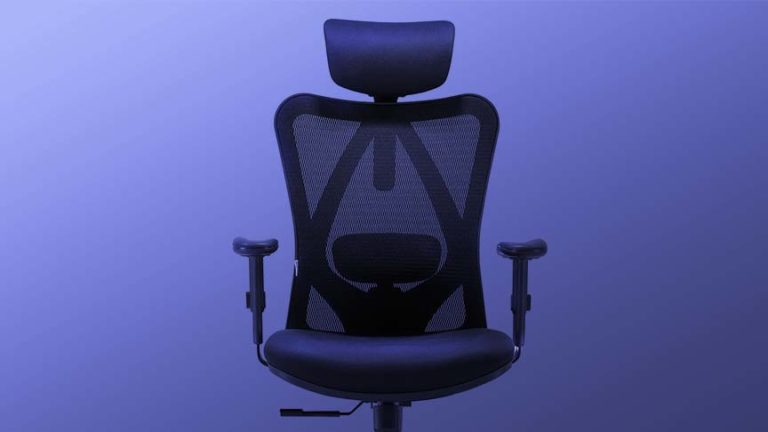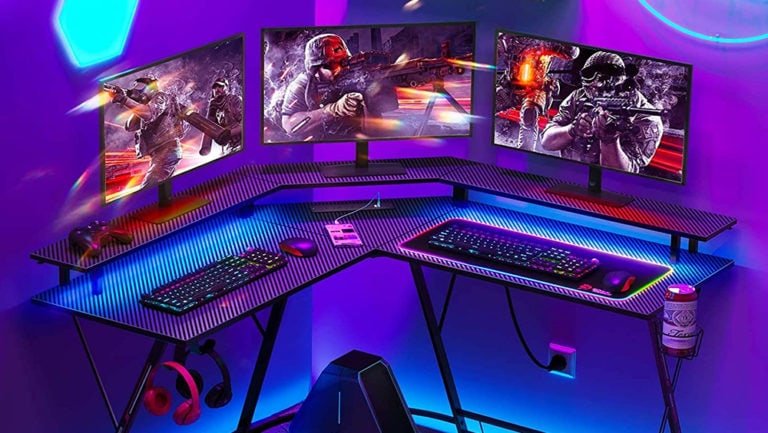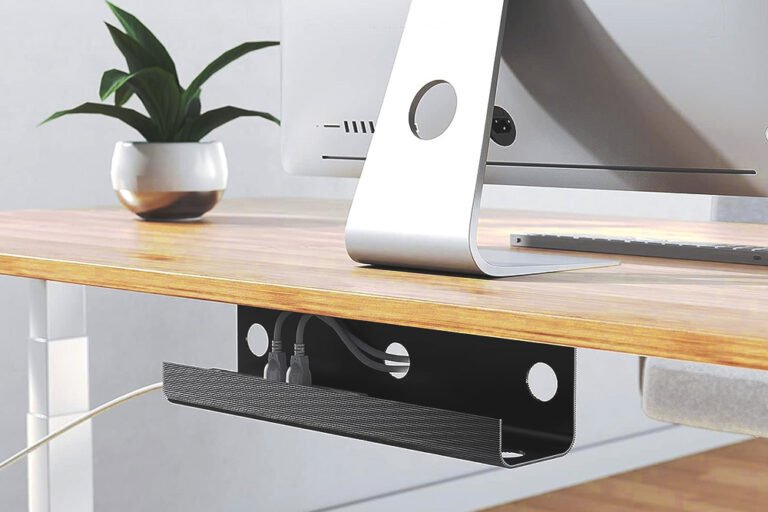How to choose an office chair
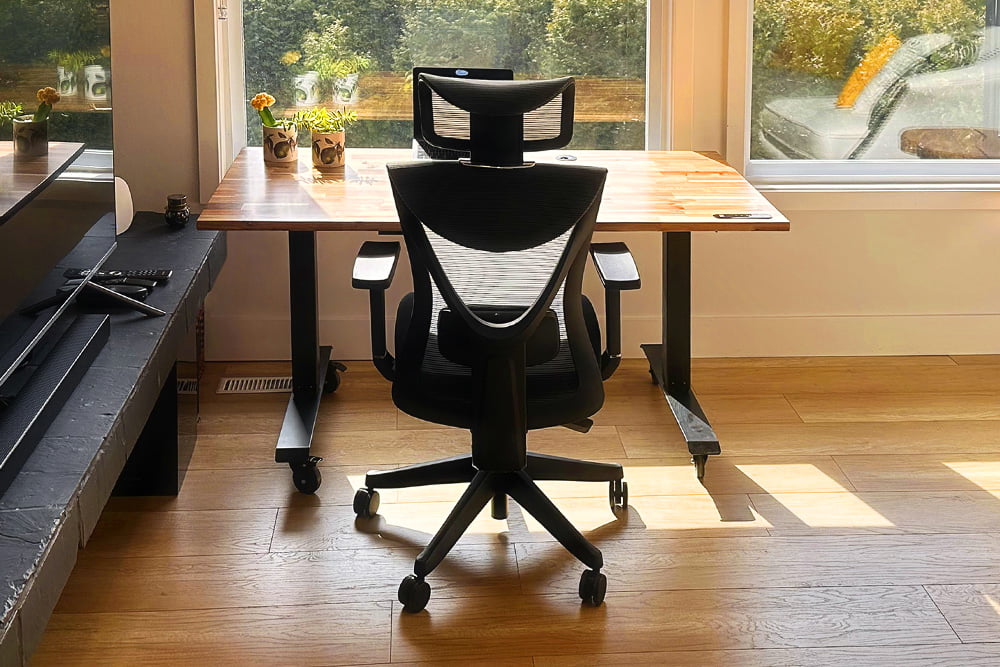
When planning how to set up your home office or business office, it is important to know how to choose an office chair, as it is one of the fundamental elements of any office.
Over the years I’ve had the opportunity to try dozens of desk chairs, and if I’ve learned anything after using so many chairs for so long, it’s that if you choose a bad chair or one that doesn’t fit your body well, sooner or later, your back and joints will eventually suffer.
We have all bought a chair that looked nice or was cheap and ended up destroying our back, but don’t worry because in this guide I will tell you in detail how to identify and choose a good desk chair, but if you are in a hurry to find one, you can go directly to my selection of the best office chairs.
12 defining characteristics of a good office chair
The 12 characteristics I am going to show you are based on 4 key criteria on which the quality of any desk chair can be evaluated:
- Ergonomics: It’s a key factor to consider when choosing an office chair. An ergonomic chair adapts to your body and provides adequate support to avoid aches and pains in the back, neck, and limbs.
- Durability and comfort: The materials used in the manufacture of an office chair play an important role in both its durability and comfort. Look for a chair that is made of high quality materials.
- Adaptability: The ability to adjust different parts of the office chair will allow you to customize your experience and tailor it to your individual needs.
- Stability and safety: These are crucial aspects that should not be overlooked when selecting an office chair. These elements ensure your well-being and prevent possible accidents or injuries.
Let’s see how these 4 principles are reflected in chair features:
1. S-shaped backrest
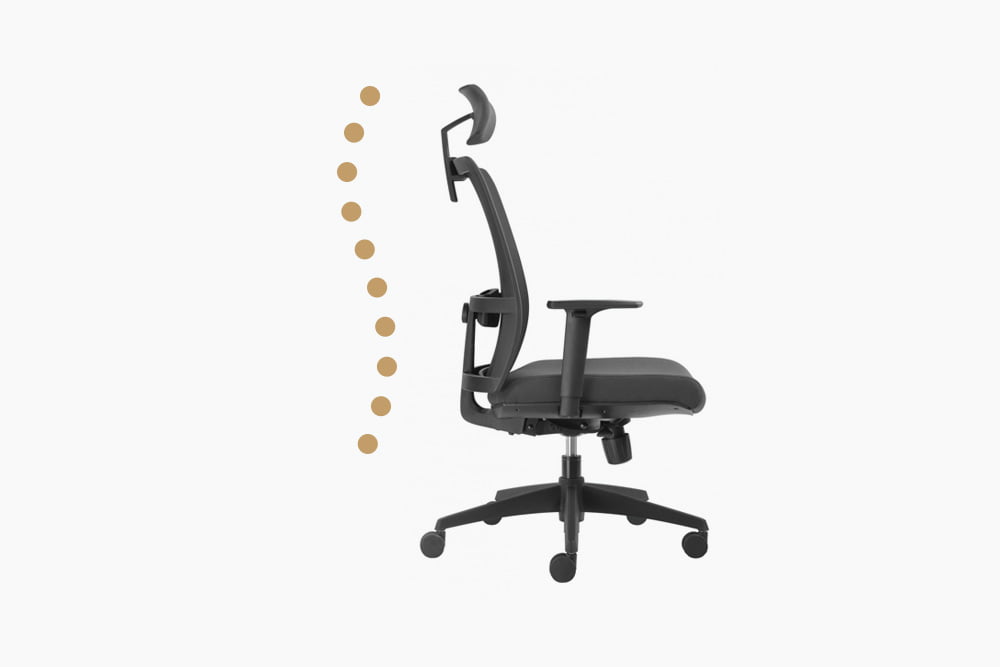
Office chairs with S-shaped backrest adapt to the natural curvature of the spine, making you adopt a correct posture that also avoids unloading the weight of the body on the lumbar area and pelvis.
Some chairs incorporate the lumbar curvature in the backrest, others include a lumbar support with an extra cushion and the most ergonomic ones allow you to adjust the height and depth of the lumbar support.
While all of these are good options, the more adjustable the chair is to your exact body shape, the better posture you will adopt and the fewer potential back problems you will suffer.
2. Quality materials and upholstery
Chairs are made of different materials and fabrics. High density foam is usually used for the padding of the upholstered areas and cotton, nylon, mesh, natural or synthetic leather for the upholstery.
Fabric upholstered chairs
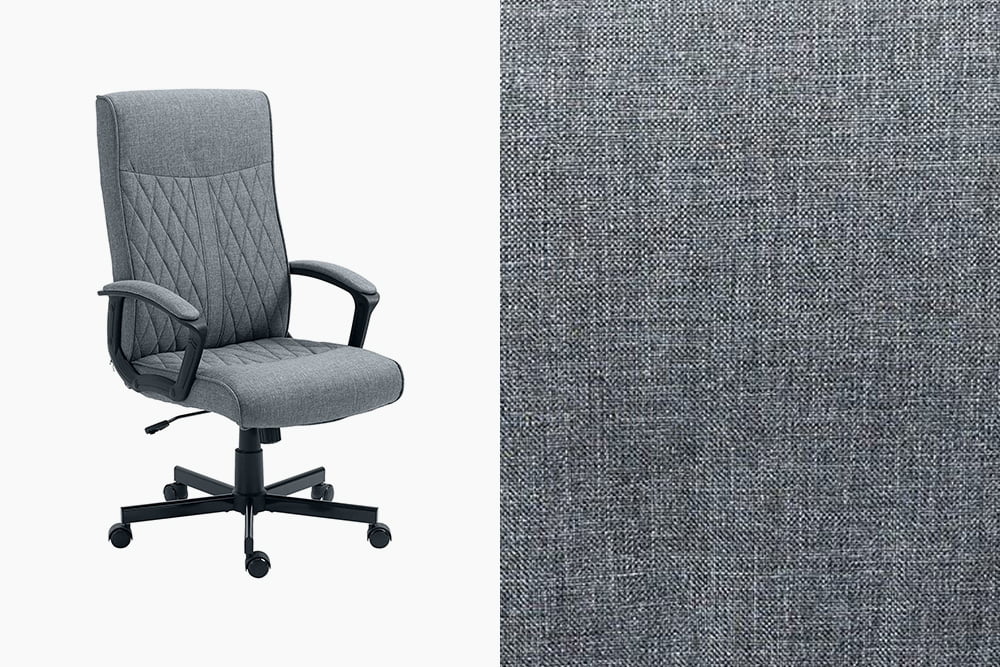
Chairs upholstered with fabric are the most common, both because of their low production cost and because of the versatility of this material in manufacturing, since chairs can be made in different colours, textures, and patterns. Some fabrics can be natural, such as cotton, and others synthetic, such as nylon or polyester.
Pros:
- They are usually made of breathable fabrics.
- The prices of fabric upholstered chairs can be more economical, although not always.
Cons:
- When stained, fabric upholstered chairs are more difficult to wash than natural or synthetic leather chairs, as dirt becomes embedded in the fabric.
- Dust and dust mites accumulate in its fabric, so it is advisable to maintain frequent cleaning if you are allergic.
Upholstered chairs with mesh
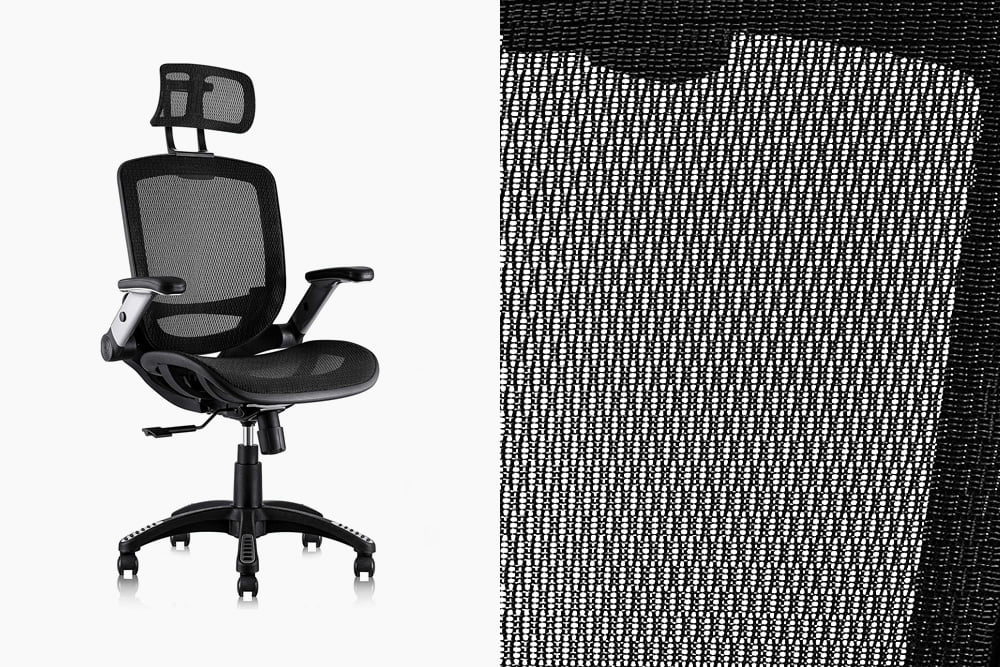
Mesh is a material that adapts very well to the shape of the body, providing great comfort and ergonomics. Its modern look makes desk chairs upholstered in this material blend in well with almost any type of office or desk.
Pros:
- Mesh allows the creation of less dense and more breathable fabrics, so it’s highly recommended if you work in a hot place.
- Mesh is easy to clean and do not accumulate dust or dirt.
- It provides a contemporary aesthetic.
- Mesh is often made of plastic or polypropylene, which is quite resistant and tends to last for many years.
Cons:
- Since mesh is flexible, these chairs usually incorporate an extra piece that reinforces the backrest and lumbar support. Pay attention if it doesn’t and your back curves too much.
Chairs upholstered in natural leather
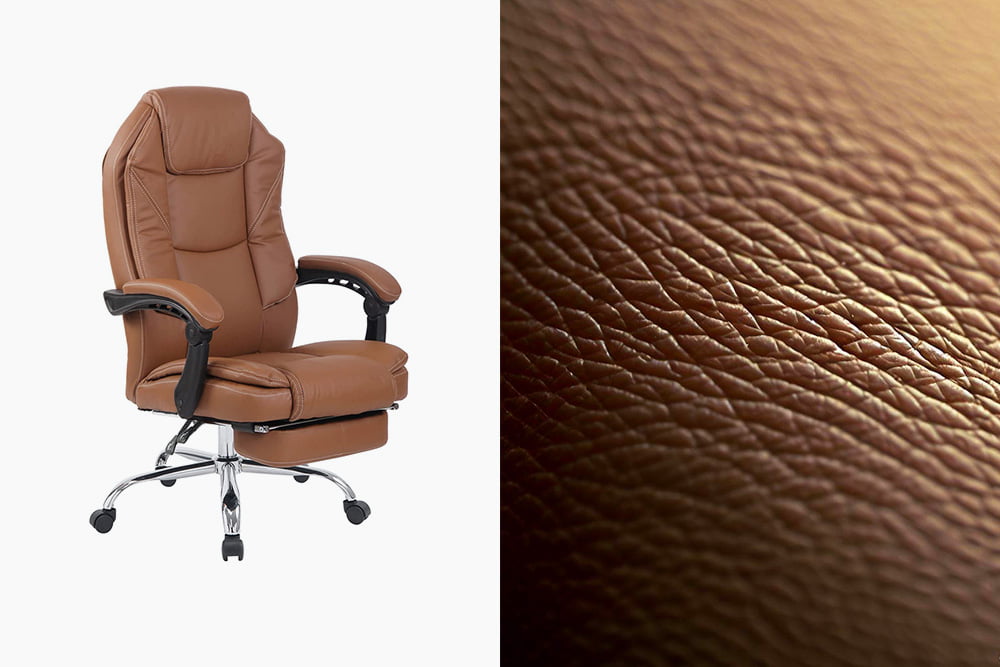
It is the most aesthetically luxurious material, so it is often used in offices of directors or positions of responsibility. It also conveys professionalism, so it is a good choice for a home office.
Pros:
- Leather is highly resistant to scratches, rubbing and stains, making it ideal for busy offices.
- Leather is hypoallergenic, as long as it is kept clean, so it is highly recommended if you have sensitive skin.
Cons:
- If the chair is located next to a window in direct sunlight or next to a heat source, the leather finish may cause you to sweat more than with other materials such as nylon or cotton.
- Chairs made of natural leather are usually much more expensive than chairs made of any other material.
Synthetic leather upholstered chairs
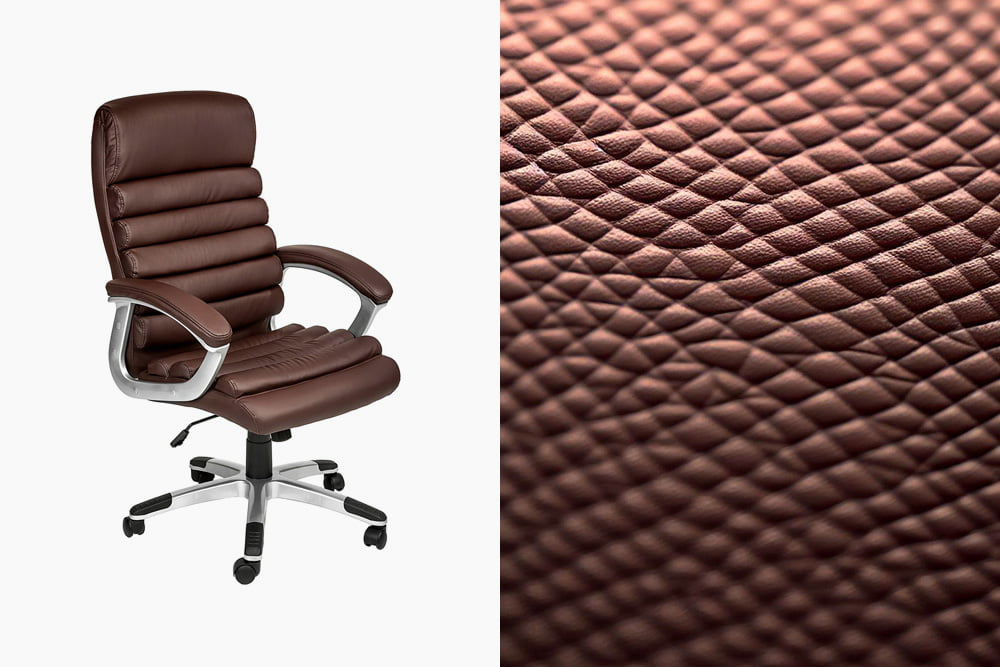
Synthetic leather is recommended if you want to maintain a good aesthetic in your office without spending too much money, just keep in mind that you will have to renew or change it after 5 or 10 years, as it does not last as long as a leather chair.
Pros:
- The great advantage of faux leather is that it looks and feels very similar to natural leather.
- Faux leather is cheaper to produce than natural leather and, consequently, the chairs are much cheaper.
- Faux leather is easy to clean and requires no special maintenance.
Cons:
- Unlike natural leather, synthetic leather is not as resistant to friction and wear.
- It tends to deteriorate easily and even crack over the years.
- Synthetic leather causes a lot of sweating when the chair is placed next to a heat source.
3. Legs with casters
Casters make it easy to move the chair to and from the table smoothly, as well as to move to pick something up from a nearby table without having to get up.
In case your floor is parquet, a chair with casters instead of legs can prevent scratching, provided the material is soft enough.
If the chair you like has hard plastic casters, you can always replace them with parquet-safe casters. These casters are compatible with most chair models on the market.
4. Pivoting axle
Chairs that can swivel on their axis 360 degrees allow you to stand up and sit down more easily, as well as being able to turn around to talk to other team members with ease.
This is a particularly useful feature if you work with more people, if you work in a confined space, or if your office floor is delicate, and you don’t want to drag the chair around.
5. Adjustable height
The height of the chair is directly related to the ergonomics of the chair, as the way the legs rest on the floor affects the circulation of the legs and the position of the back. For correct positioning, the feet should rest relaxed on the floor and the legs should form a 90° angle when bent.
If the legs hang off the chair, the chair is too high and the blood circulation in the legs suffers. You can correct this by placing an adjustable footrest (see on Amazon) that allows you to support your legs.
If, on the other hand, when you sit down you notice that your knees are elevated, forming an angle of less than 90°, the chair is too low. With your thighs elevated, your lower back and coccyx will bear the full weight of your back, which can lead to long-term back pain and problems.
In short, a chair that allows you to adjust the height is easier to adapt to your height and features is always more advisable than one that does not, especially if you are going to spend many hours sitting in it.
6. Tilting backrest
Office chairs with a tilting backrest allow you to adjust the chair backwards to relieve pressure on the spine and to rest during breaks.
7. Adjustable armrests
Armrests allow you to rest your elbows while working and reduce strain on your arms. Ultimately, this relieves your fatigue throughout the day.
In addition, when you are not working, you can always rest more comfortably by resting your arms on the armrests.
8. Seat with the right depth
The depth of the seat determines the area where your thighs can rest. A seat deep enough for your thighs will allow you to better distribute your weight between your lower back and thighs.
If the chair is deep enough, your knees should protrude from the seat enough so that you can bend them at a 90° angle between your thighs and legs.
A shallow seat will cause your thighs to protrude too far out of the chair and, therefore, your weight will end up resting only on the part that rests on the chair. As a result, your weight will not be fully distributed between your thighs, and you may end up feeling discomfort.
On the other hand, if your thighs are shorter than the seat depth, you will have to choose between resting your back on the backrest or your legs on the floor. This can cause you to end up with incorrect posture or your back supporting more weight than necessary, which can lead to long-term pain and injury.
9. Suitable chair width
Choose a chair that is wide enough to fit your physiognomy, allowing you to sit and stand comfortably without tripping over the armrests.
The distance between the armrests can be used as a reference to see if the chair is wide enough for you. You should be able to comfortably rest your forearms on them, without having to bring them too close to your body or spread them too far apart.
10. Good stability
The stability of an office chair is determined by the materials used, the assembly of the parts and the sturdiness of the base. Chairs with metal frames are usually heavier, stronger and more stable than plastic chairs.
If you want to know if a chair is stable, balance it slightly and you will see that it moves as one piece. A stable chair can also save you back problems, as unstable chairs can end up leaning to one side, causing you to have poor posture.
11. Slightly rounded edges
If the edges of some parts of the chair are too angular, they can be uncomfortable, especially when they are in direct contact with you, such as the front of the seat and the armrests.
It is also unpleasant when the opposite occurs, that is. when the edges are so rounded that the elbows slip when leaning on them.
12. Reliable brand
There are many office chairs on the market and not all of them have the same quality of finishes and materials, nor the same attention to design and ergonomics.
Of the brands I have tested, SIHOO, Songnomics, Hbada e IntimaTe, I have found them to have the best balance between quality, design, ergonomics, and price.

